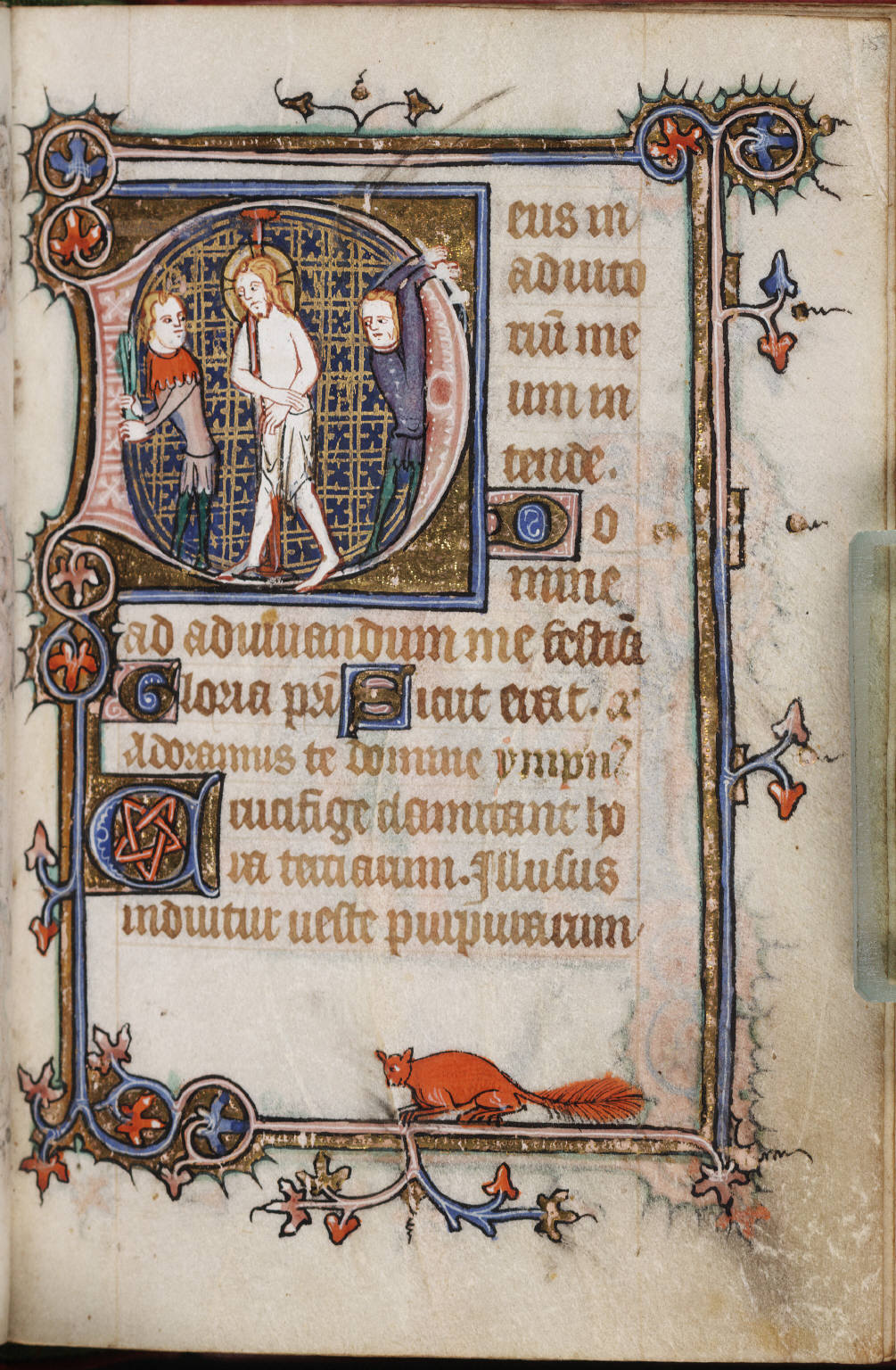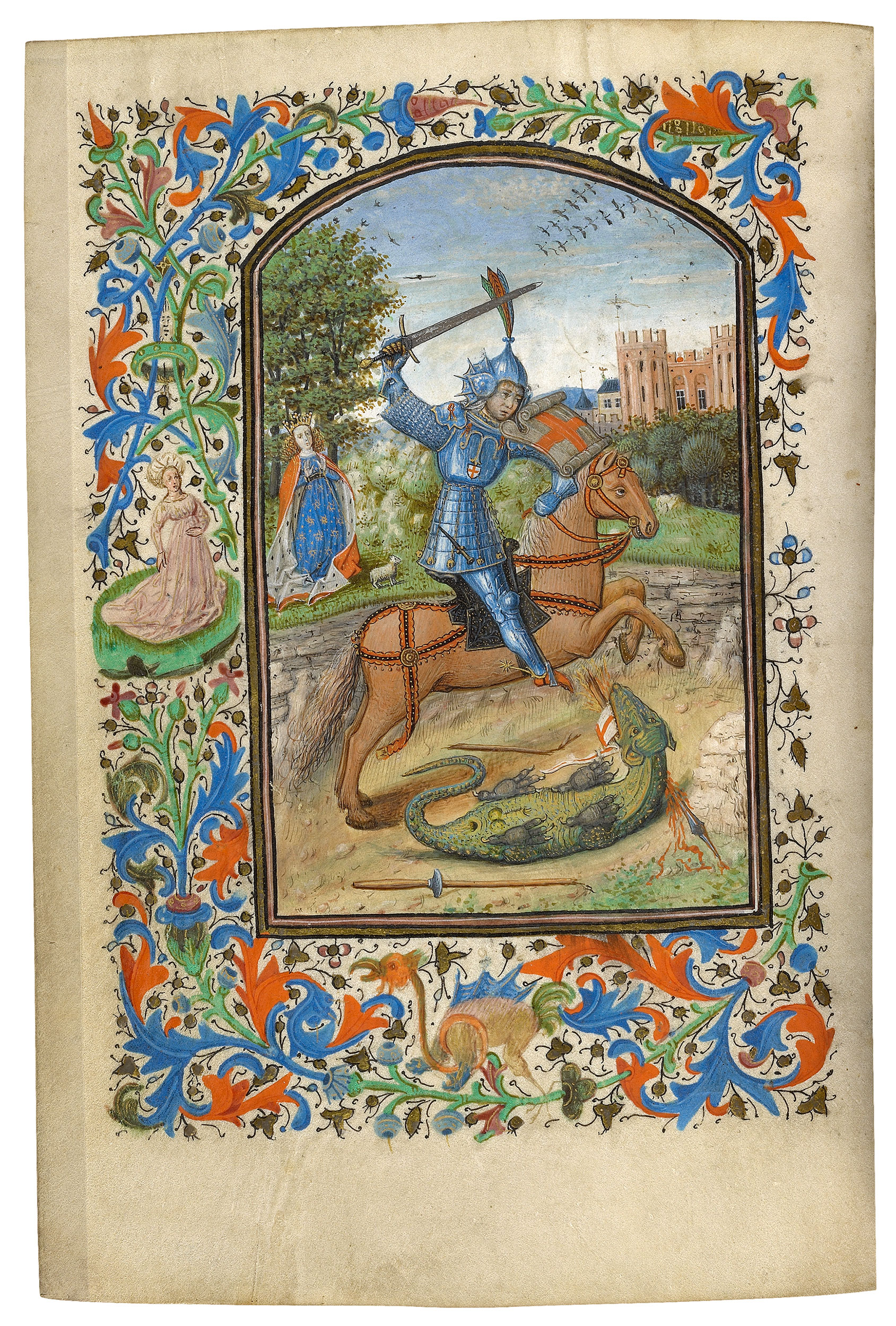

profound knowledge of the British Librarys illuminated manuscript collections to. Alongside examinations of medieval cultural productions are explorations of the representation and adaptation of medieval storytelling in graphic novels, classroom teaching, and computer gaming. Retelling both familiar and unfamiliar stories from the Middle Ages. This manuscript library celebrates this advancement in digital humanities by gathering volumes from libraries around the world to compare related manuscripts side by side in a digital environment.

With a wide range of different disciplinary approaches from leading scholars in their respective fields, chapters include considerations of art, architecture, metalwork, linguistics, and literature. Study medieval manuscripts online Over the past 20 years, the study of medieval manuscripts has been revolutionized by digitization. New links may be added as libraries and museums continue to digitize collections. Ultimately, the process of making meaning through shaping narrative is shown to be as vital and varied in the medieval world as it is today. Medieval Manuscript Research Introduction This page is designed to provide users with a selection of links to Major Digitized Manuscript Collections as well as a selection of Individual Digitized Manuscript Collections that can be read cover-to-cover online. As a collection, it demonstrates the importance of interdisciplinary and context-focused enquiry when approaching key issues of activity and identity in the medieval period. Over the past 20 years, the study of medieval manuscripts has been revolutionized by digitization. The Department of Manuscripts was established in 1983 with the acquisition of one of the finest private collections in the world, assembled by Peter and Irene Ludwig of Aachen, Germany. This volume of essays explores these questions about meaning and identity in a range of ways. How, for example, do objects, manuscripts, and other artefacts communicate alternative or complementary narratives that transcend textual and linguistic boundaries? How are stories created, reshaped, and re-experienced, and how do these shifting contexts and media change meaning?

Some stories, indeed, seem to possess a life of their own: claiming a peculiar agency and taking on distinct voices which speak across time and space. The shaping and sharing of narrative has always been key to the negotiation and recreation of reality for individuals and cultural groups.


 0 kommentar(er)
0 kommentar(er)
